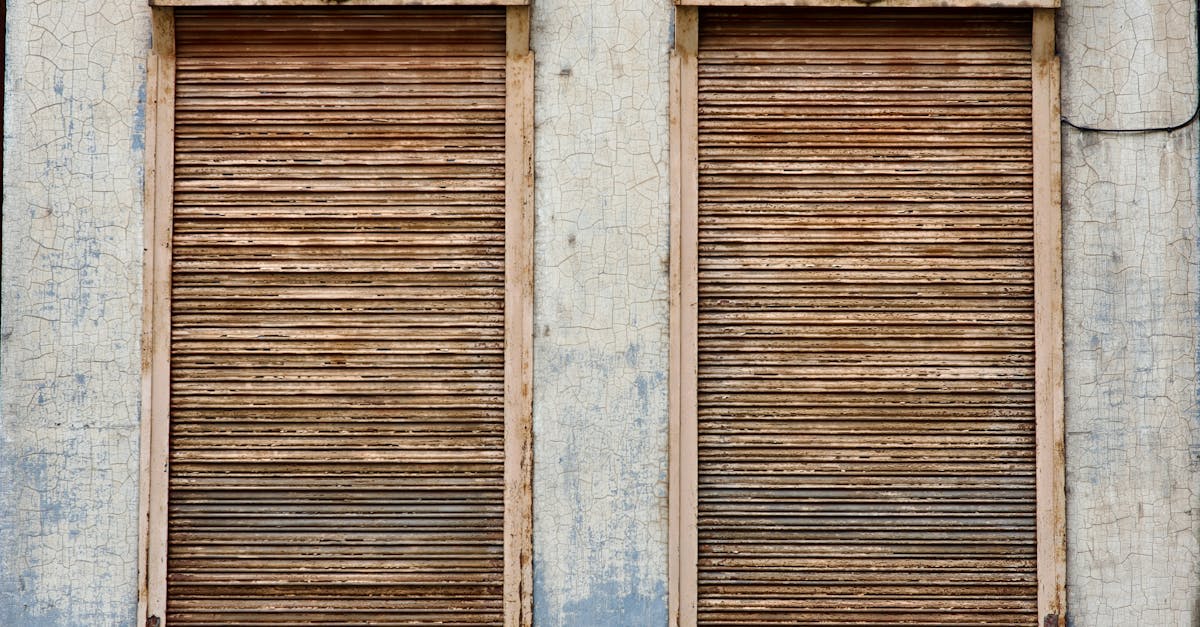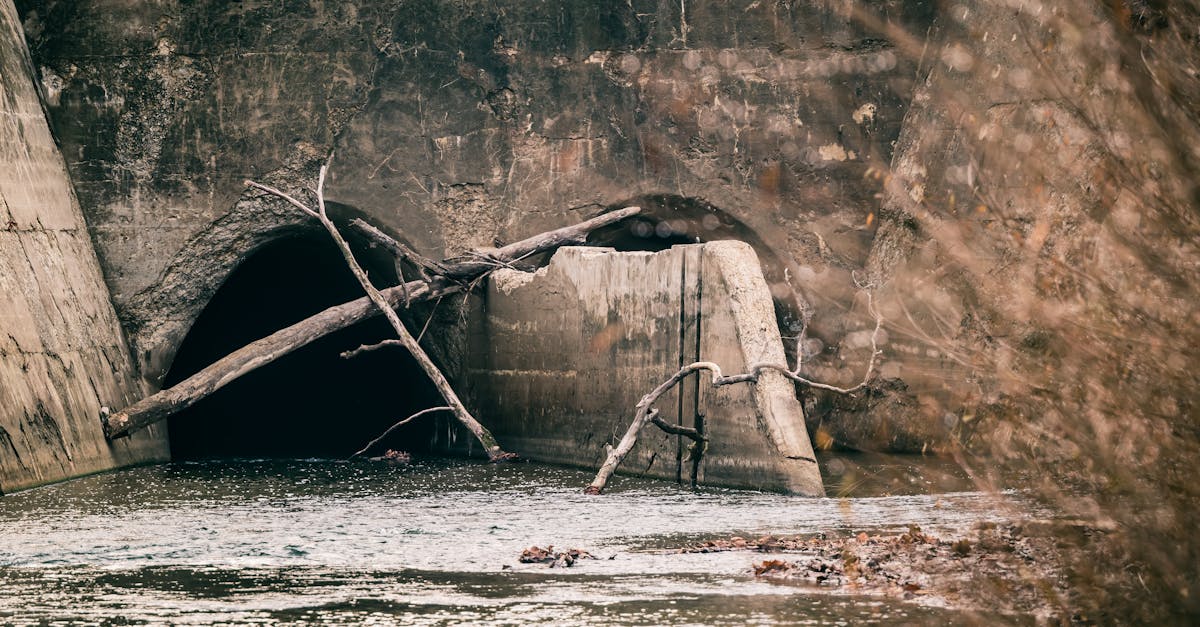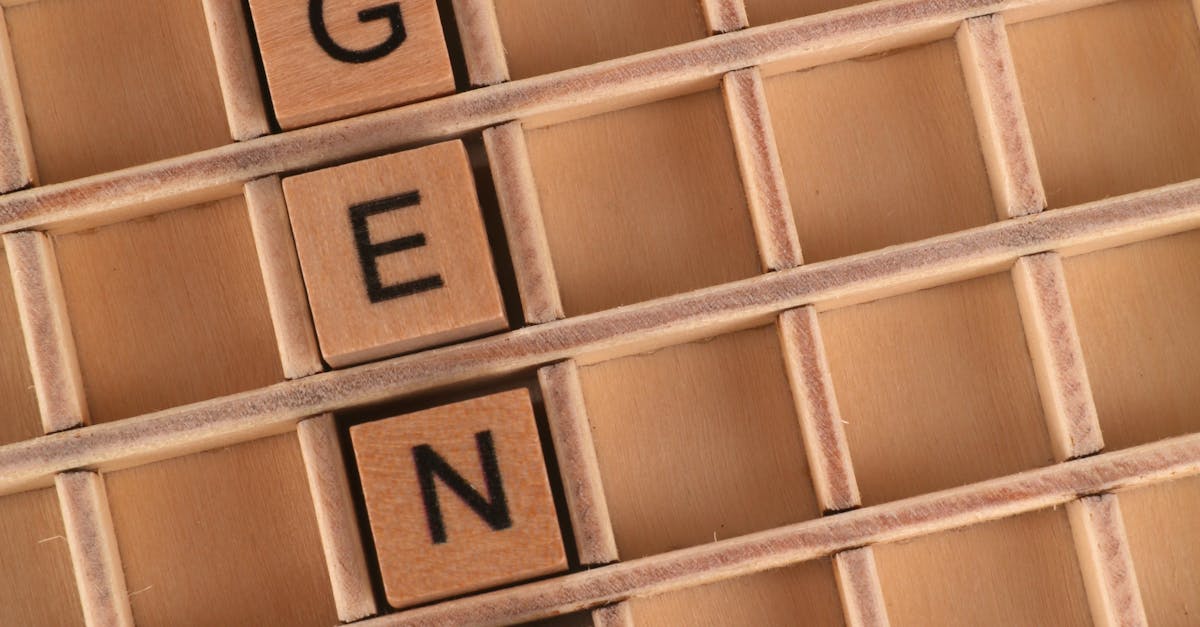
Table Of Contents
StepbyStep Guide to Fixing a Leaky Faucet
Fixing a leaky faucet can be a straightforward process if you follow a systematic approach. First, it's essential to turn off the water supply to prevent any major spills. You'll typically find the shut-off valve under the sink. After shutting off the water, plug the sink drain to avoid losing any small parts during disassembly. Gather all necessary tools, such as a screwdriver, wrench, and replacement washers or O-rings, as required for your specific faucet type. Familiarity with faucet installation and repair can be beneficial here, as understanding the inner workings can save time.
Next, remove the handle and unscrew the packing nut to access the faucet cartridge or ball mechanism, depending on the design. Replace any worn washers or seals that could be causing the leak. Reassemble the faucet carefully, ensuring that all components are secured properly to avoid further issues. Once everything is back in place, turn the water supply back on and test the faucet for leaks. If successful, you'll not only have a fully functional faucet but also benefit from the knowledge gained through this repair process.
Detailed Repair Process for Different Faucet Types
Fixing a leaky faucet requires an understanding of the specific type of faucet you are dealing with. Compression faucets, which are the oldest type, feature rubber washers that can wear out over time. To repair these, first turn off the water supply. Next, remove the handle and unscrew the packing nut to access the washer. Replace the worn washer and reassemble the faucet. Cartridge faucets require a different approach. After shutting off the water, remove the handle and pull out the cartridge. You may need to replace the entire cartridge if it's damaged, or simply clean it and reinsert it if it's still functional.
Ball faucets consist of a cam assembly and a few other movable parts. Begin by turning off the water and removing the handle. If the seals or springs are worn, replace them carefully before reassembling the unit. Finally, for cartridge or ball types, ensuring that all the seals are in good condition is crucial to preventing future leaks. In each case, proper faucet installation and repair techniques are essential. Taking the time to understand your faucet type can streamline the repair process and enhance the longevity of your fixtures.
Preventive Measures to Avoid Future Leaks
Regular maintenance of your faucet can significantly reduce the likelihood of leaks developing over time. Inspecting washers and O-rings periodically for wear and tear allows you to replace these components before they become problematic. It’s also advisable to check the tightness of faucet screws and connections; loose fittings can contribute to leaks.
Choosing high-quality materials during faucet installation and repair can enhance durability and performance. Additionally, adjusting water pressure to a moderate level can help minimise stress on the faucet parts. Always ensure that any modifications or repairs are conducted by professionals to maintain the integrity of the system.
Tips for Maintaining Your Faucets
Regular maintenance of your faucets can greatly extend their lifespan and prevent leaks from developing. Checking seals and washers for wear can help identify issues before they lead to significant water loss. Cleaning aerators and screens ensures a consistent water flow while preventing sediment build-up. This simple upkeep deters performance issues and promotes efficiency, ultimately leading to reduced water bills.
Staying proactive about faucet care involves considering professional assistance when needed. If you encounter persistent problems, seeking expert help for faucet installation and repair might be beneficial. Additionally, during inspections, pay attention to the connections under the sink, as tightening loose fittings can minimise drips. Incorporating these habits into your routine can facilitate a well-functioning home plumbing system and enhance overall convenience.
Benefits of Fixing a Leaky Faucet
Fixing a leaky faucet brings several benefits, primarily economic and environmental. A dripping tap can waste a substantial amount of water over time, leading to increased water bills. By addressing the issue promptly, homeowners can avoid the cumulative cost associated with excessive water usage. Moreover, efficient faucet installation and repair not only conserves water but also contributes to lowering the household's overall environmental footprint.
Beyond financial savings, repairing a leaky faucet can enhance the home's plumbing efficiency. A well-maintained faucet operates effectively, ensuring that water flows smoothly without unnecessary interruptions. This reliability reduces the risk of further plumbing issues, resulting in fewer unexpected repair complications. Regular maintenance and timely repairs can prolong the lifespan of the faucet, proving that investing effort into fixing minor leaks can yield significant long-term rewards.
Financial Savings Over Time
Fixing a leaky faucet can lead to significant financial savings over time. A small drip may seem inconsequential, but it can waste litres of water each day, contributing to higher utility bills. By addressing this issue promptly, homeowners can prevent the escalating costs associated with excess water usage. The initial investment in faucet installation and repair is often minimal compared to the long-term savings accrued from reduced water consumption.
In addition to lowered water bills, fixing leaks can prevent more extensive damage that might require costly repairs. Water that drips persistently can lead to mould growth, damage to cabinetry, or even structural issues in severe cases. Investing in the timely repair of a faucet not only saves money but also protects the overall value of your home. Early intervention can help avoid future expenses associated with more significant plumbing problems down the line.
FAQS
Why is it important to fix a leaky faucet?
Fixing a leaky faucet is important because it can save water, reduce your water bill, and prevent further plumbing issues that may arise from prolonged leaks.
How can I determine if my faucet is leaking?
You can determine if your faucet is leaking by checking for water drips or pooling around the base of the faucet, listening for constant dripping sounds, or noticing an increase in your water bill without any other usage changes.
What are the common causes of a leaky faucet?
Common causes of a leaky faucet include worn washers, damaged O-rings, corroded valve seats, or loose parts within the faucet assembly.
Can I fix a leaky faucet myself, or should I hire a plumber?
Many homeowners can fix a leaky faucet themselves by following a step-by-step guide, especially for simple repairs. However, if you are unsure or if the problem persists, it may be best to hire a plumber.
What preventive measures can I take to avoid future leaks?
Preventive measures include regularly inspecting and maintaining your faucets, replacing washers and O-rings as needed, and avoiding excessive force when turning the faucet on or off.





























